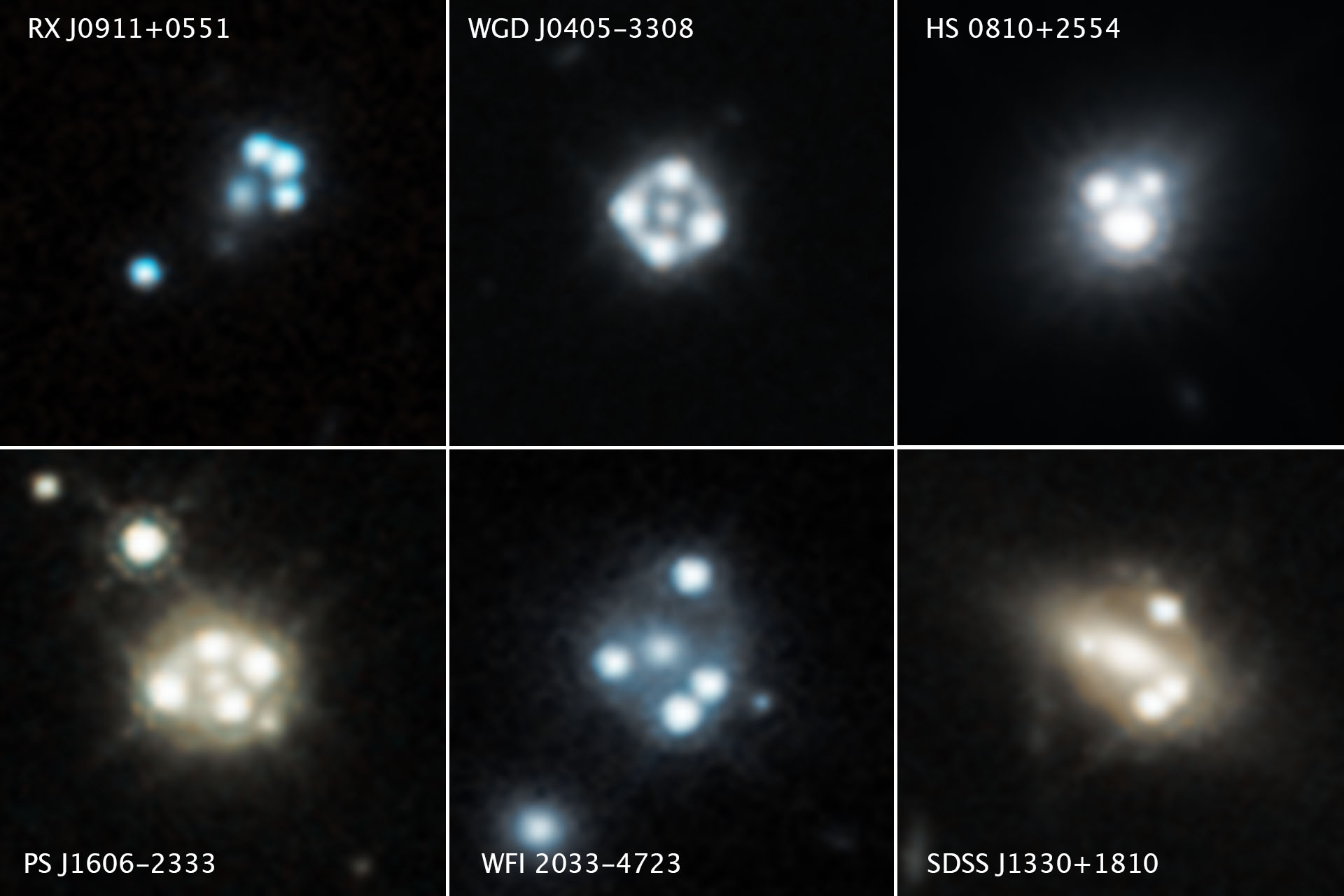Hubble detects small clumps of dark matter
Dark matter holds galaxies together and gives the visible universe its structure. Even though it makes up about five-sixths of all the mass in the cosmos, to date nobody has been able to figure out what it’s made of. On the other hand, there have been some indications about what dark matter is not made of, but researchers still need to determine if dark matter is hot, cold, or possibly even fuzzy, with the temperature designation here referring to the speed at which the particles of dark matter are moving.
NASA’s Hubble telescope has now pushed the probabilities a little closer toward cold dark matter, which is also what the standard cosmological model (Lambda CDM) assumes. Using the Hubble, researchers were able to detect much smaller clumps of dark matter than was previously possible. If dark matter existed only in large clumps, which is what had to be assumed before based on observations, scientists had to come up with an explanation for the lack of smaller concentrations. This explanation was warm dark matter with quickly moving particles that would not stay together very long in small clumps. However, since these small clumps have now been detected in some sense, warm dark matter is no longer needed.
“Dark matter is colder than we knew at smaller scales,” says Anna Nierenberg from NASA’s Jet Propulsion Laboratory in Pasadena, California, who leads the Hubble study. “Astronomers have carried out other observational tests of dark matter theories before, but ours provides the strongest evidence yet for the presence of small clumps of cold dark matter.”
The technique that the team used was unconventional: dark matter can’t be observed directly. Instead, the researchers observed eight bright quasars with the help of a gravitational lens formed by large foreground galaxies. The gravitational influence of the clumps of dark matter between the telescope and the target of the observation thus changed the light of the distant quasars – a change that can be measured and that allows conclusions to be drawn about the presence of dark matter. In a manner of speaking, the astronomers dipped a spoon into an unknown soup, stirred it around, and determined the soup’s ingredients from the spirals of rising steam.
The measured clumps corresponded to between one ten-thousandth and one hundred-thousandth of the mass of the Milky Way’s halo of dark matter.
